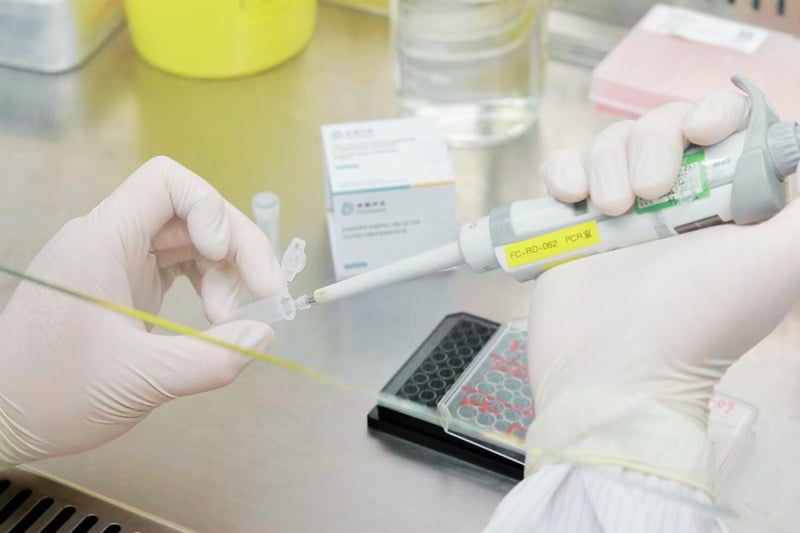In the process of screening antiviral drugs, there are indeed some common errors that may affect the accuracy and effectiveness of the screening results. Here are seven common screening errors for antiviral drugs:
1. Lack of clear screening objectives and criteria:
Before starting the screening, there was no clear definition of the target compound types, antiviral activity standards, and required safety requirements. This may result in screening results deviating from actual needs, wasting time and resources.
2. Improper selection of screening model:
The screening model should match the biological characteristics and infection mechanism of the target virus. If an inappropriate screening model is selected, such as mismatched cell lines or improper infection conditions, the antiviral effect of candidate drugs cannot be accurately evaluated.
3. The quality of the compound library is not high:
The compound library is the foundation of screening. If the quality of the compound library is not high and contains a large number of invalid or repetitive compounds, it will greatly reduce the screening efficiency. Therefore, before screening, the diversity and high quality of the compound library should be ensured.
4. Inconsistent experimental conditions:
During the screening process, small changes in experimental conditions such as cell density, viral infection level, drug concentration, etc. may affect the screening results. Therefore, it is necessary to strictly control the experimental conditions to ensure consistency in each experiment.
5. Neglecting data quality control:
Data quality is the key to the reliability of screening results. If strict review and quality control of raw data are ignored, such as ignoring outliers and not conducting repeated experimental verification, it will lead to inaccurate screening results.
6. Interpretation bias of screening results:
When interpreting the screening results, there may be subjective biases or misjudgments caused by a lack of professional knowledge. For example, mistaking non-specific inhibition for specific antiviral effects, or mistaking drug toxicity for antiviral effects.
7. Neglecting subsequent validation and optimization:
Even if compounds with potential antiviral activity are screened, further validation and optimization are still needed. If this step is ignored, it will be impossible to ensure the effectiveness and safety of the candidate drug in practical applications. This includes further evaluation and optimization in more complex cell models, animal models, and even clinical trials.
To avoid these errors, the screening process of antiviral drugs should follow scientific and rigorous principles, ensuring clear screening objectives, appropriate screening models, high-quality compound libraries, consistent experimental conditions, strict data quality control, and accurate interpretation and subsequent validation optimization of screening results. At the same time, strengthen interdisciplinary cooperation and academic exchanges, and continuously enhance the innovation and practicality of screening technology.
Share on:
Facebook
Twitter
Pinterest
WhatsApp
Recent posts
We recommend


